
Most of us are unsure of the location and the purpose of a small, sack-like organ in our body called the gallbladder. This organ resides somewhere below our liver and has a minor, but significant, role to play in our digestion process.
Definition of the Gallbladder
Our gallbladder looks like a pear, being a muscle sack which stores our body's bile. Thus, whenever bile is produced by our liver, it is first delivered to the small intestine via the tiny ducts in the area. From there, it all goes to the gallbladder. Subsequently, each time you consume something smaller in proportions, your gallbladder provides the bile necessary for digestion. The whole process is triggered by hormones located in the fat we consume.
Facts about the Gallbladder
In case you do not know what bile is, it is a yellow-colored fluid, which contains salts, pigments, lecithin and cholesterol. All mammals produce bile and their bodies use it for digestion since it breaks down fat which we get from food. Moreover, our bile absorbs vitamins and other nutrients from the consumed food, delivering it to our body.
As for the location, the gallbladder is on the right side of the ribcage, right beneath the liver, getting in contact with it at the very bottom. The ducts which connect the gallbladder to the liver and the small intestine are also used for transferring enzymes from the pancreas, used for digestion purposes as well.
Basically, the main purpose of the gallbladder is storing bile, therefore it acts as a reservoir. This bile is used whenever we consume some smaller meals, rich in fat. Additionally, any excessive bile found in our organism gets stored in the gallbladder.
Gallbladder Illnesses and Treatments
Since bile consists of many different substances, some of these may become solid and evolve into gallstones. The risk group for encountering this are people who are older than 40 and overweight, especially if they are females. Gallstones alter the normal processes of the gallbladder and the small intestine altogether, causing severe pain and discomfort.
There are cases when gallstones pass without any intervention. However, sometimes they do not and have to be surgically removed. The procedure involves cutting the abdomen, removing the entire gallbladder, connecting the small intestine directly to the liver. This is usually a safe procedure. Nevertheless, bleeding or diarrhea may be potential side-effects. Finally, whenever you experience pain in the gallbladder area, you are advised to seek medical attention as soon as possible.
- www.nhs.uk/conditions/gallstones/symptoms/
- www.nhs.uk/conditions/gallstones/
- Photo courtesy of Madhero88 by Wikimedia Commons: commons.wikimedia.org/wiki/File:Gallbladder.png


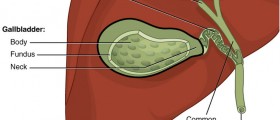



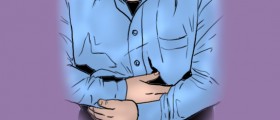
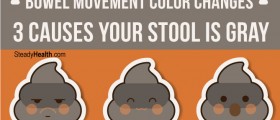


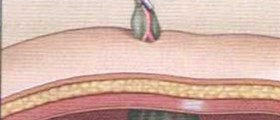


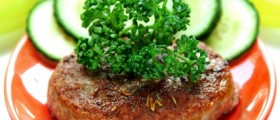


Your thoughts on this
Loading...